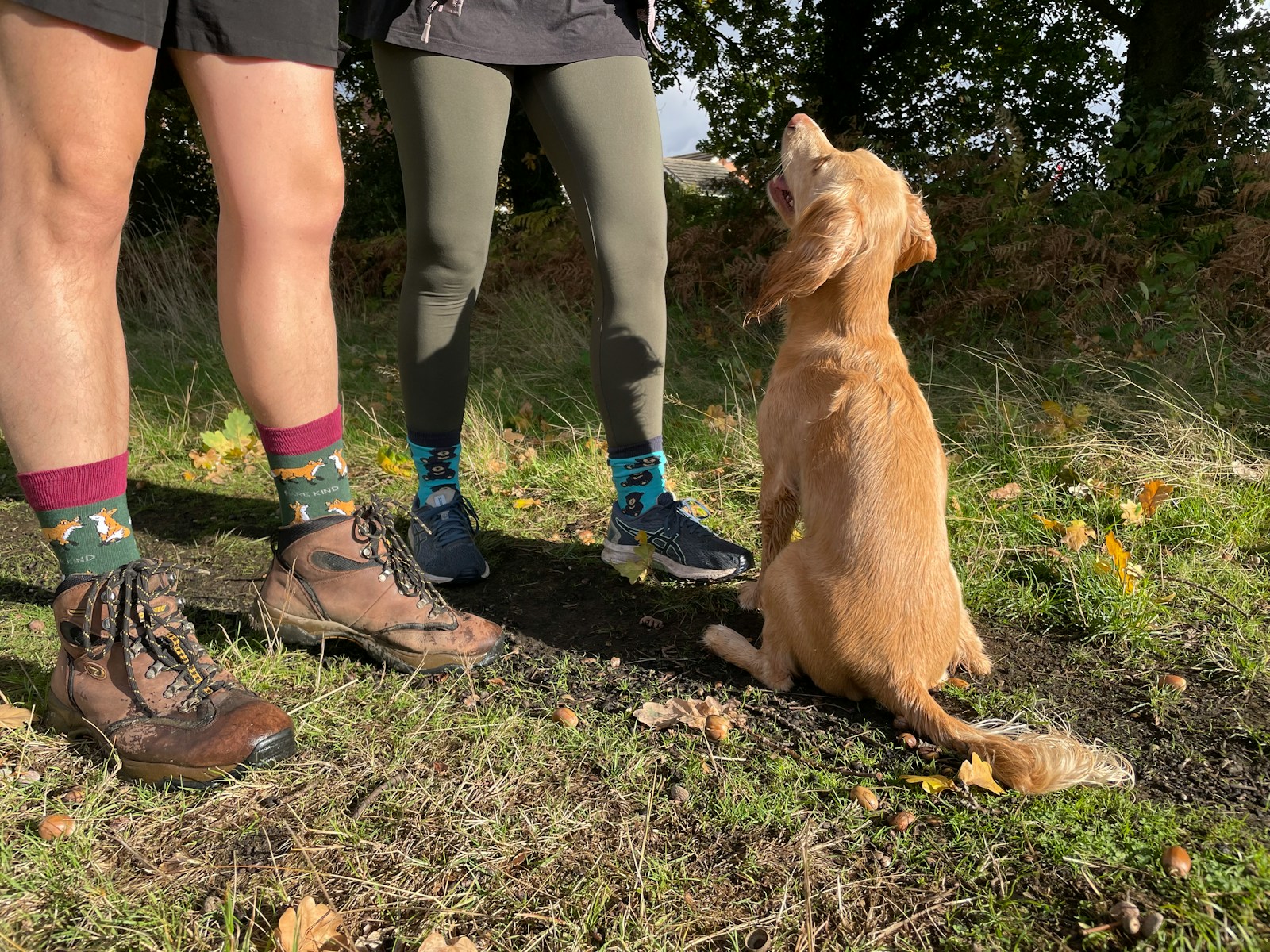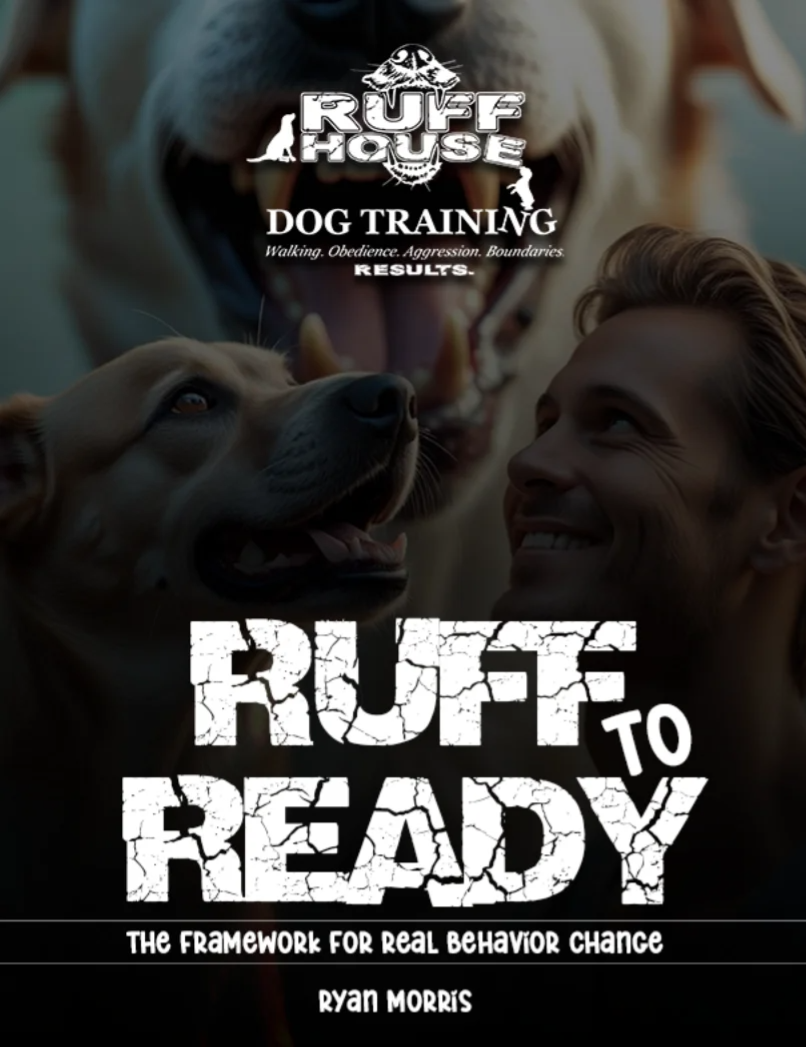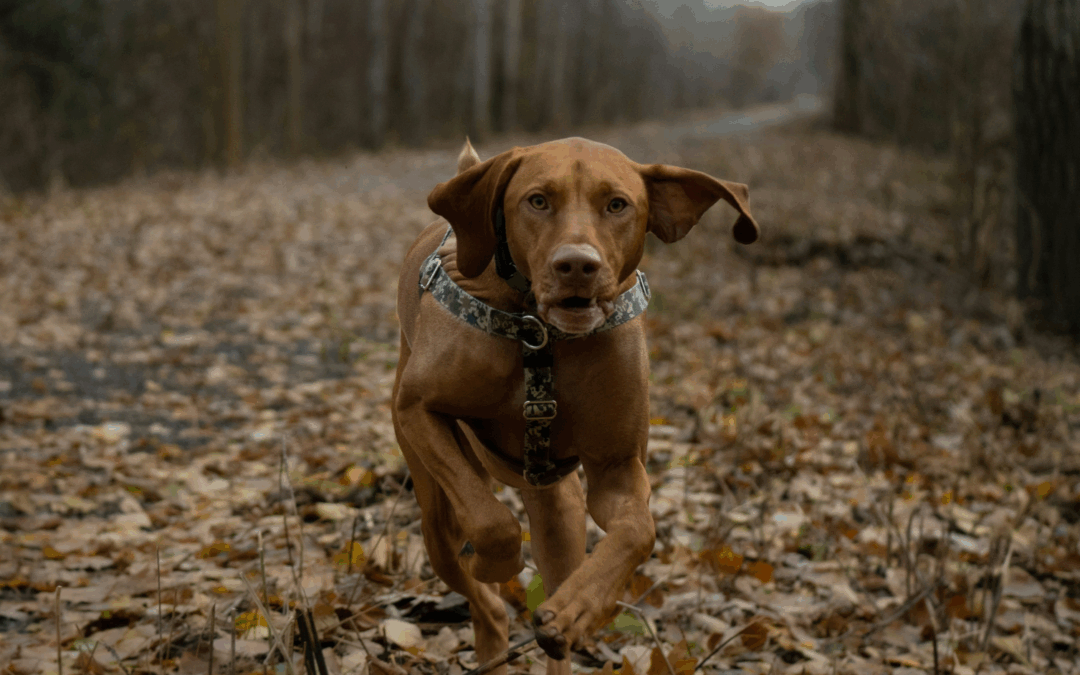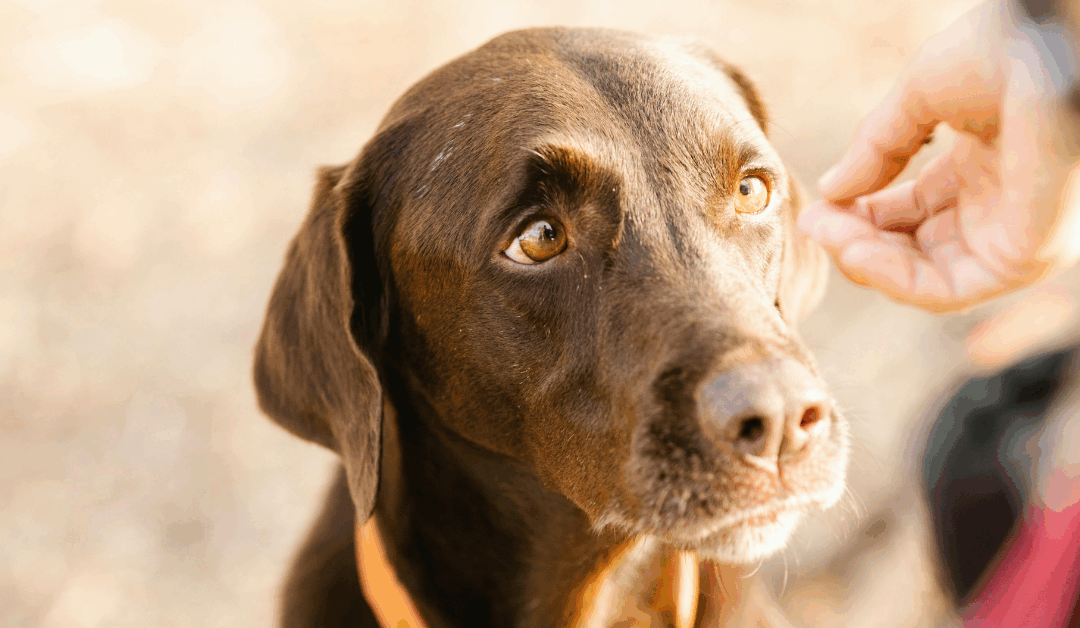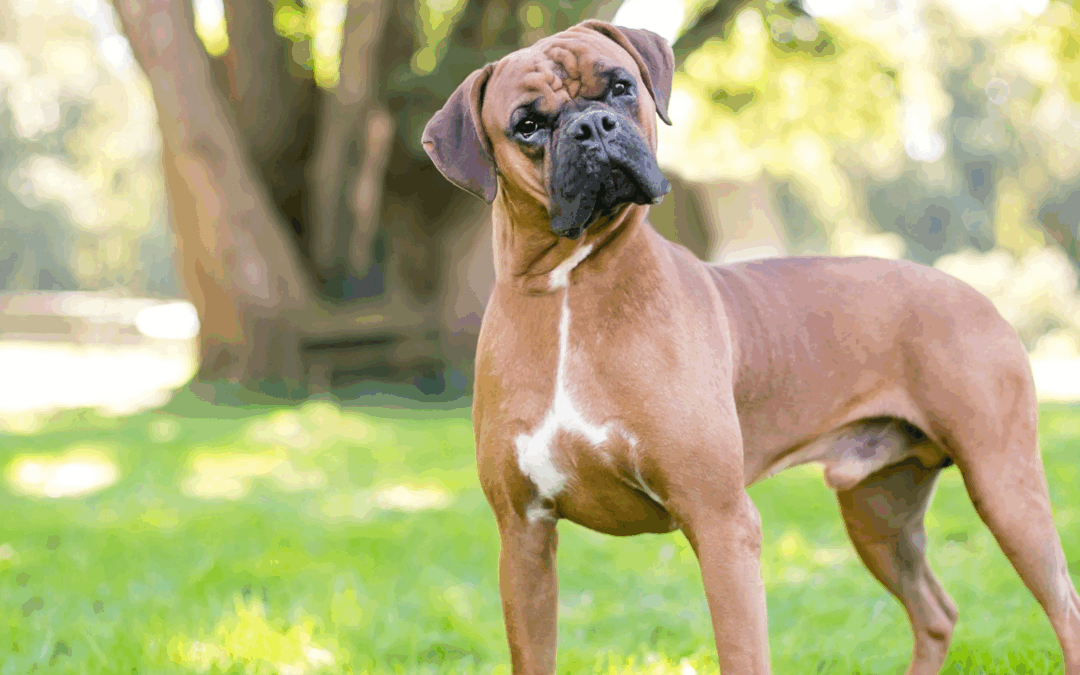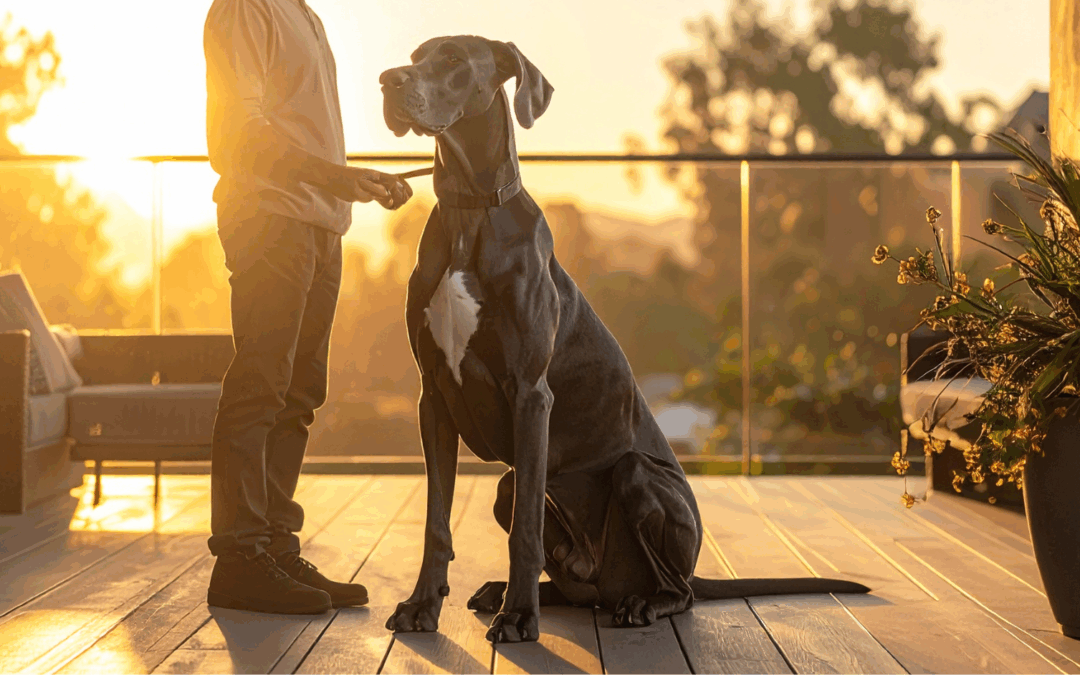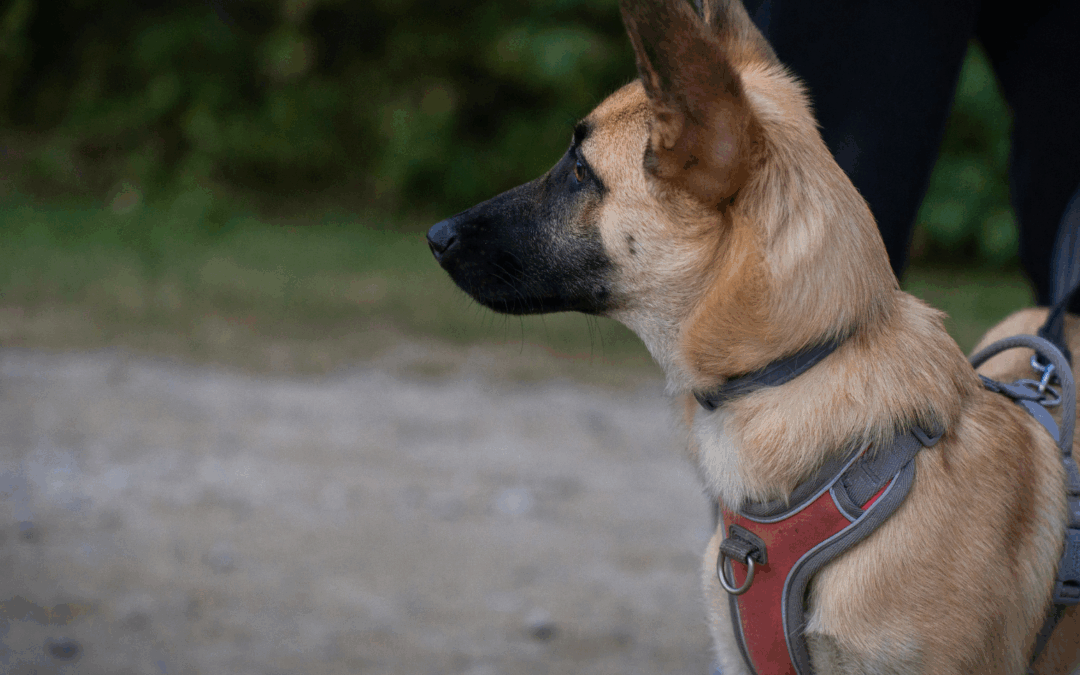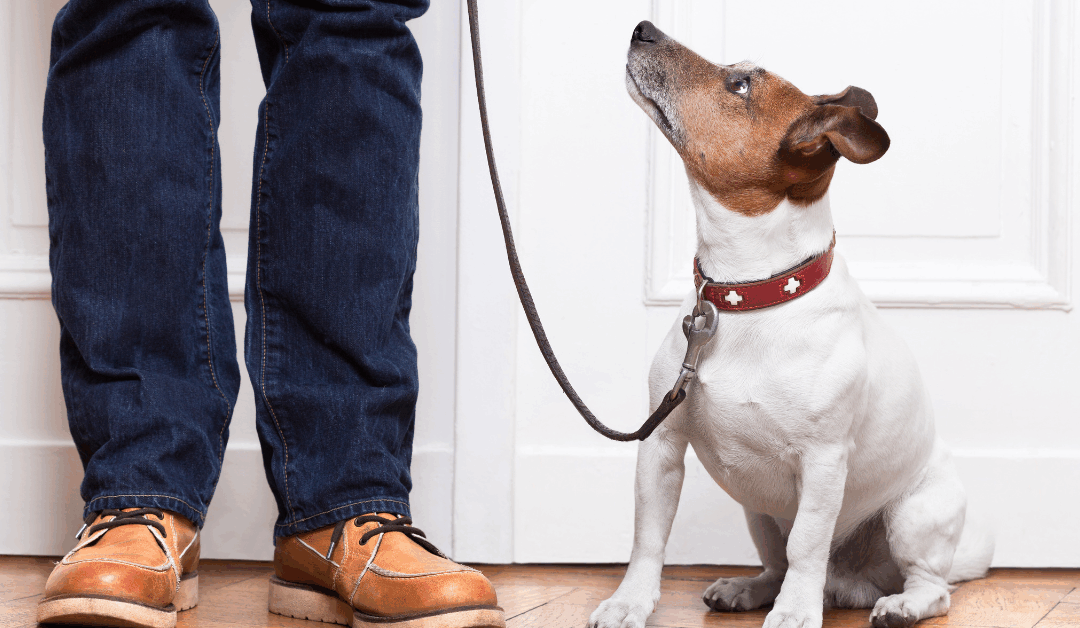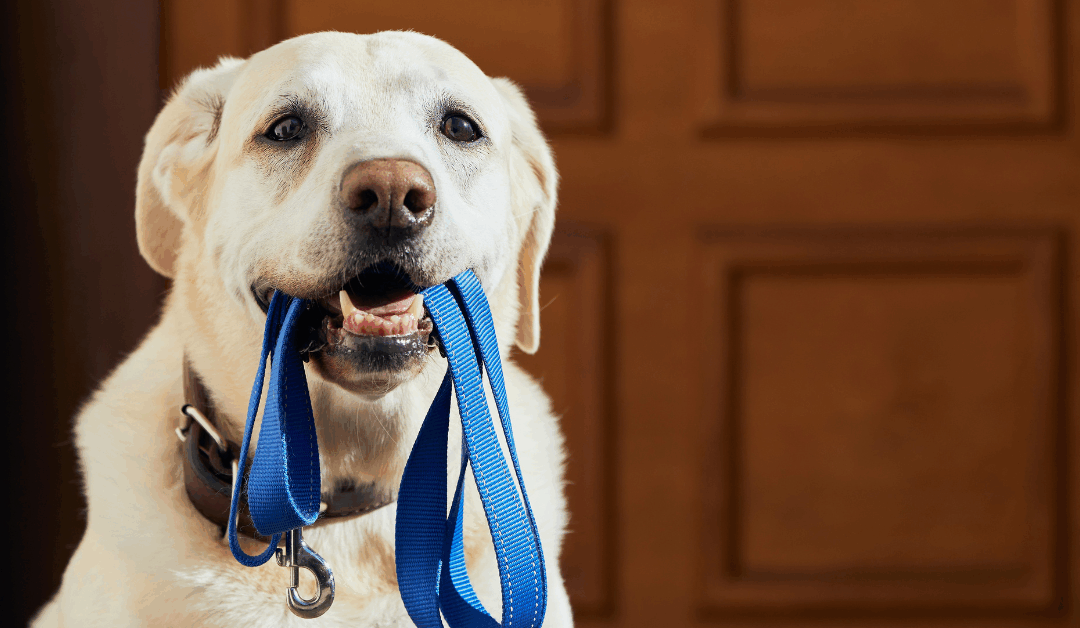If dog training videos alone worked, YouTube would have put me out of business years ago.
Let’s be honest, you’ve probably spent hours watching trainers online. You’ve seen the perfectly edited clips of dogs heeling flawlessly and puppies sitting on command with a simple hand gesture. Yet, when you try the same techniques, your dog is more interested in chewing your shoes or barking at the mail carrier. It’s frustrating, and it can make you feel like you’re failing.
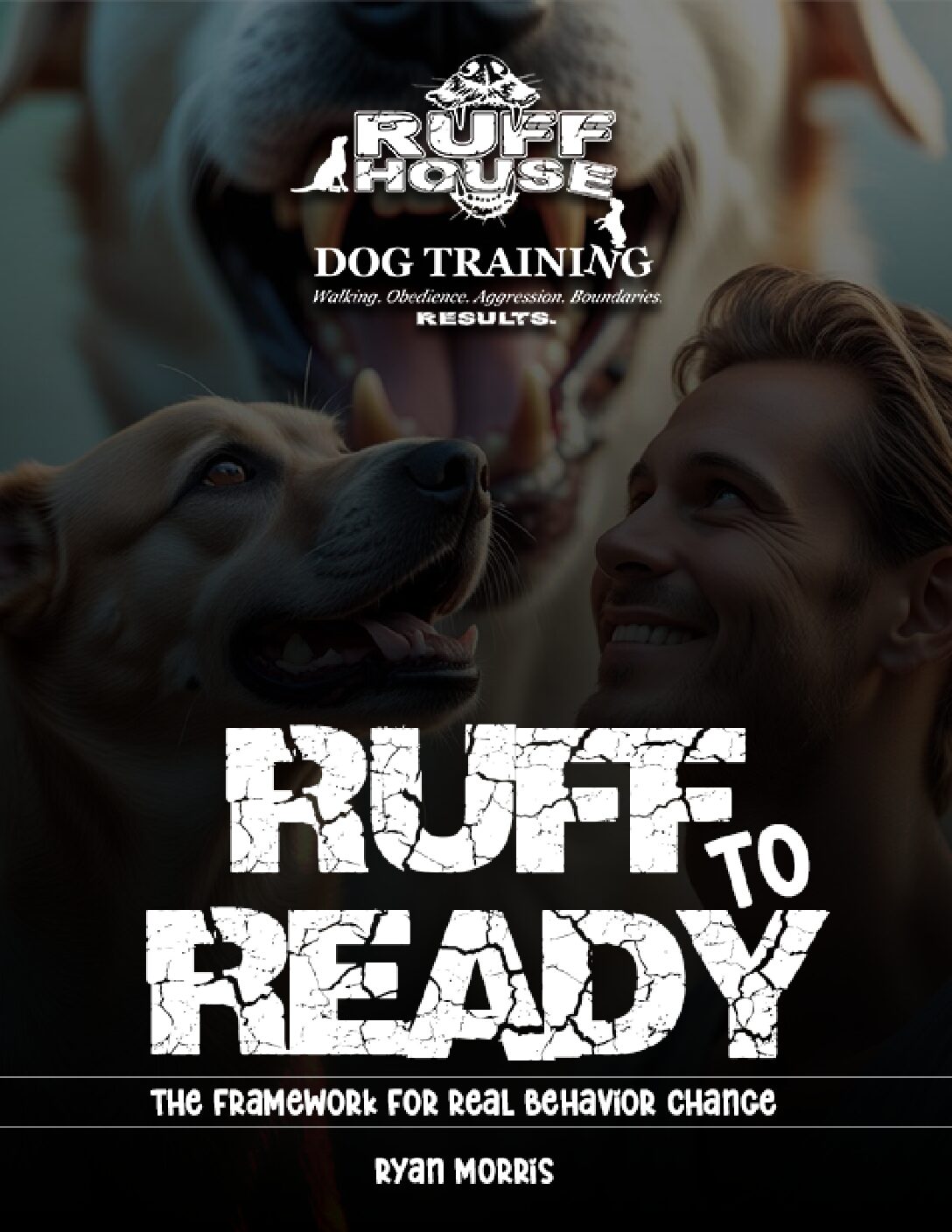
Unlock Real Behavior Change – Download Your Free Guide Now
"*" indicates required fields
You’re not failing. You’re just missing a key ingredient.
I’m Ryan, the founder of Ruff House Dog Training. As a veteran-owned business serving the Washington D.C. and Virginia area, I’ve dedicated my post-military career to helping owners like you achieve real, lasting results. My approach is simple: I combine proven methods with humor and hands-on coaching to make training fun and effective.
Dog training videos are a great starting point for information, but true success comes from pairing that knowledge with consistent, hands-on practice and expert feedback. This guide will help you understand the popular “rules” you see online, explain why they might not be working for you, and show you how to finally make progress with your dog.

Photo by Michelle Tresemer on Unsplash
What is the 3-3-3 Rule for Dog Training?
One of the most common concepts you’ll encounter, especially when bringing a new dog home, is the 3-3-3 Rule. This rule provides a general timeline for a rescue or new dog to acclimate to its new environment.
- 3 Days: In the first three days, your new dog will likely feel overwhelmed and nervous. They are in a completely new place with new people, smells, and sounds. During this time, they might not eat much, may hide, or seem distant. The key here is to give them space and not force interaction.
- 3 Weeks: By three weeks, your dog starts to settle in. They’re learning your routine, their personality begins to emerge, and they start to understand that this is their new home. You might see them get more comfortable and even test boundaries.
- 3 Months: After three months, your dog should feel secure and comfortable. They have built a bond with you and have adapted to your lifestyle. Their true personality is fully on display, and a solid routine is established.
At Ruff House Dog Training, we coach new adopters and rescue owners to use this rule as a guide, not a guarantee. The most important elements during this period are patience, structure, and consistency. Your dog needs to understand the rules of the house from day one, but they also need the grace to learn at their own pace. Setting realistic expectations prevents frustration for both you and your pup.
If you’ve recently welcomed a new dog into your home and are struggling to find your footing, you don’t have to do it alone. Want tailored help for your new pup? Book your training session today.
Dog Training Videos vs. Working With a Professional Dog Trainer
The internet has made dog training information more accessible than ever. But is watching a video the same as having a professional trainer by your side? Let’s break down the pros and cons.
The Pros of Dog Training Videos
- Accessibility: Videos are available 24/7, right at your fingertips. You can learn about crate training at 2 a.m. if you need to.
- Affordability: Most online content is free, making it a budget-friendly way to get started.
- Repetition: You can rewatch a video as many times as you need to understand a concept or technique.
The Cons of Dog Training Videos
- Lack of Customization: Videos offer a one-size-fits-all approach. The methods shown that work for most dogs might not work for your dog’s specific breed, personality, or behavioral issue.
- No Real-Time Feedback: This is the biggest drawback. A video can’t tell you that your timing is off, your body language is confusing your dog, or that you’re accidentally reinforcing the wrong behavior.
- Risk of Misinterpretation: It’s easy to misinterpret a technique, which can make a problem worse. For example, trying to correct leash reactivity without understanding the underlying cause can increase your dog’s fear and aggression.
This is where working with a professional makes all the difference. At Ruff House, my approach is built on customized training and judgment-free problem-solving. I had a client who spent months watching videos trying to stop her dog from jumping on guests. She was frustrated and on the verge of giving up. During our 90-Minute Miracle session, I identified the small timing mistakes she was making and gave her a new, simple strategy. By the end of the session, the dog was calmly greeting people at the door. That’s the power of personalized feedback. Plus, with unlimited post-session support, you’re never left on your own.
From chaos to calm—let’s do this.
What is the 7-7-7 Rule for Dogs?
A less common but equally useful guideline you might hear about is the 7-7-7 Rule. This framework breaks down a dog’s development and training milestones into longer chunks.
- 7 Days: The first week is about survival and observation. Your dog is learning the basic layout of the house and the core routine.
- 7 Weeks: After seven weeks, your dog has likely formed a habit around your daily schedule. They know when it’s time for walks, meals, and sleep.
- 7 Months: By the seven-month mark, a true bond of trust and respect has formed. Your dog feels secure and understands their place within the family.
My perspective at Ruff House is that every dog is different. Some sprint through these milestones, while others crawl. Progress is never linear. You’ll have good days and bad days. The key, once again, is structure and consistency. Use these rules as helpful signposts, not rigid deadlines.
A helpful tip is to track your progress by celebrating the small wins. Did your dog sit calmly while you put on their leash? That’s a win. Did they go into their crate without a fuss? That’s a win. Acknowledging these small victories helps you stay motivated.
What is the Hardest Command to Teach a Dog?
Spoiler alert: it’s not “sit.” Even a toddler can teach that one. If you ask a group of professional trainers what the single hardest command to teach is, most will agree: recall, or “come.”
Why is it so difficult? Because you’re competing with everything else in the world. A squirrel, a half-eaten sandwich on the sidewalk, another dog—these are often far more interesting than returning to you. Dogs, by nature, value their freedom. Teaching them to willingly give up that freedom to come back to you requires building a ton of trust and positive association.
Operant Conditioning
This is where operant conditioning comes into play. Specifically, we use positive AND negative reinforcement (positive punishment). You have to make coming back to you the absolute best thing that could possibly happen. This takes patience and a lot of practice.
Practical Tips for Teaching Recall:
- Start Small: Begin practicing inside your home with no distractions. Call your dog from just a few feet away and reward them enthusiastically when they come.
- Use High-Value Rewards: A piece of their regular kibble might not cut it. Use something special they only get for recall practice, like small pieces of chicken, cheese, or a favorite toy.
- Never Punish a Slow Recall: If your dog takes a while to come back, punishing them when they finally arrive will only teach them that coming to you is a bad thing. Always praise them, no matter how long it took.
Teaching a reliable recall is one of the most common challenges I help clients with. It’s also one of the most rewarding. Need recall help? Schedule your 90-Minute Miracle now.
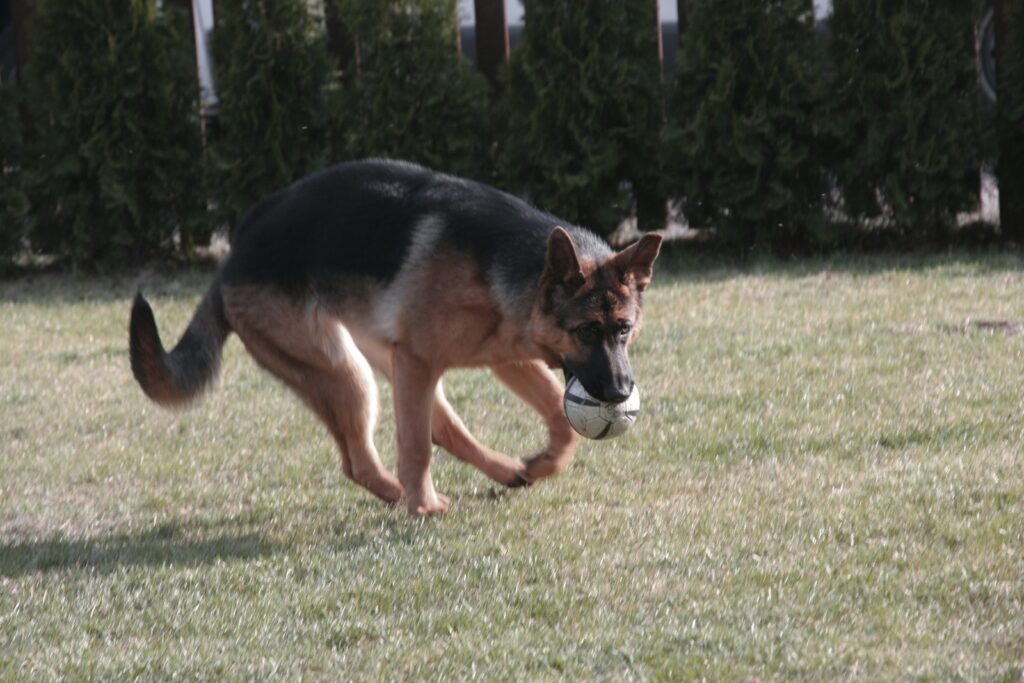
Photo by MARIOLA GROBELSKA on Unsplash
How to Use Dog Training Videos the Right Way
So, should you delete your YouTube app and burn your laptop? Not at all. Dog training videos can be a valuable tool when used correctly. The trick is to pair video learning with real-world application and expert guidance.
Think of videos as your reference library, not your replacement for a hands-on instructor. They can teach you the basic mechanics of a command, like how to lure a dog into a “down” position. But they can’t diagnose the root cause of a complex behavioral issue.
Here’s my advice: use videos to understand the “what” and “why” of a training concept, like operant conditioning. Then, if you’re struggling to apply it, seek professional help. A video can show you what a “sit” looks like, but it can’t fix your dog’s leash reactivity during your morning walk through busy D.C. traffic. Copying a method you saw online without understanding the nuances can worsen problems with aggressive dogs’ fear and aggression.
Beginner-Friendly Resources to Watch & Learn
If you’re going to use online resources, it’s important to choose quality content. While I compete with them, there are some great trainers on YouTube, like those from the AKC (American Kennel Club) or Robert Cabral.
How to Choose Quality Content:
- Look for trainers who clearly explain the principles of balanced training methods.
- Avoid anyone who promises “quick fixes” or relies on intimidation and fear for corrections. True behavior change takes quality time and trust.
- Choose creators who are transparent about their methods and philosophy.
While you’re exploring, I also invite you to download Ruff House’s free behavior guide. It’s packed with practical tips to get you started. But remember, a guide is just the first step. In-person coaching is what accelerates your progress and delivers lasting change. Download your free behavior guide today. (Email Delivery)
Why Ruff House Training Works
I built Ruff House Dog Training to be different. As a veteran-owned business, I bring a unique blend of discipline, empathy, and a commitment to service. But I also believe training should be fun. My coaching style is approachable, full of humor, and completely free of judgment.
I recently worked with a family whose new puppy was a chewing machine. They had lost countless shoes, a TV remote, and were starting to lose their sanity. They had tried everything they saw online. In one session, we set up a new management system, introduced engaging enrichment toys, and tweaked their daily routine. A week later, they sent me a photo of the puppy calmly lounging in his bed while a shoe sat untouched nearby.
That’s the bridge I build—the one between watching videos and seeing real results. With unlimited post-session support, you’re never alone in the process.
Your dog won’t train himself. Claim your spot—training sessions fill fast!
From Videos to Victory
Training your dog doesn’t have to be a frustrating battle. You don’t have to feel defeated by what you see online. With the right tools, a bit of professional guidance, and a healthy dose of humor, you and your dog can not only coexist but thrive together.
The peace and harmony you’re looking for in your home life are achievable. It takes patience and consistency, but the payoff is a well-behaved animals and a bond built on trust and mutual respect. Are you ready to make that happen?
Start your dog’s transformation today—book your training session now.

